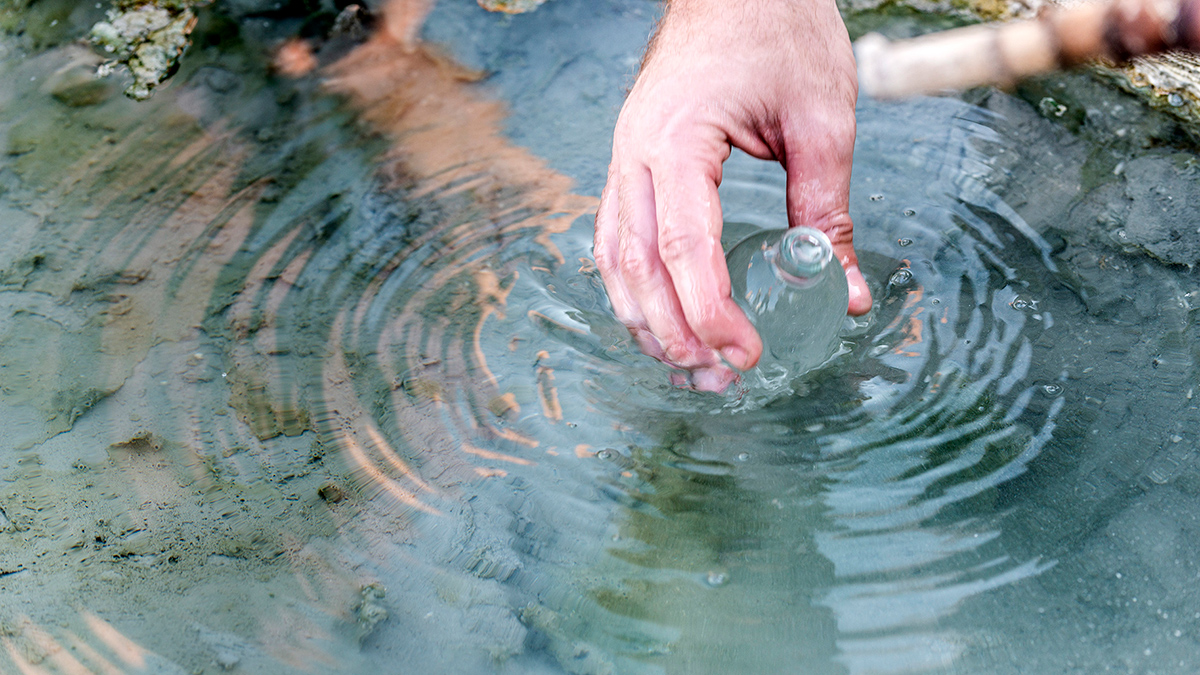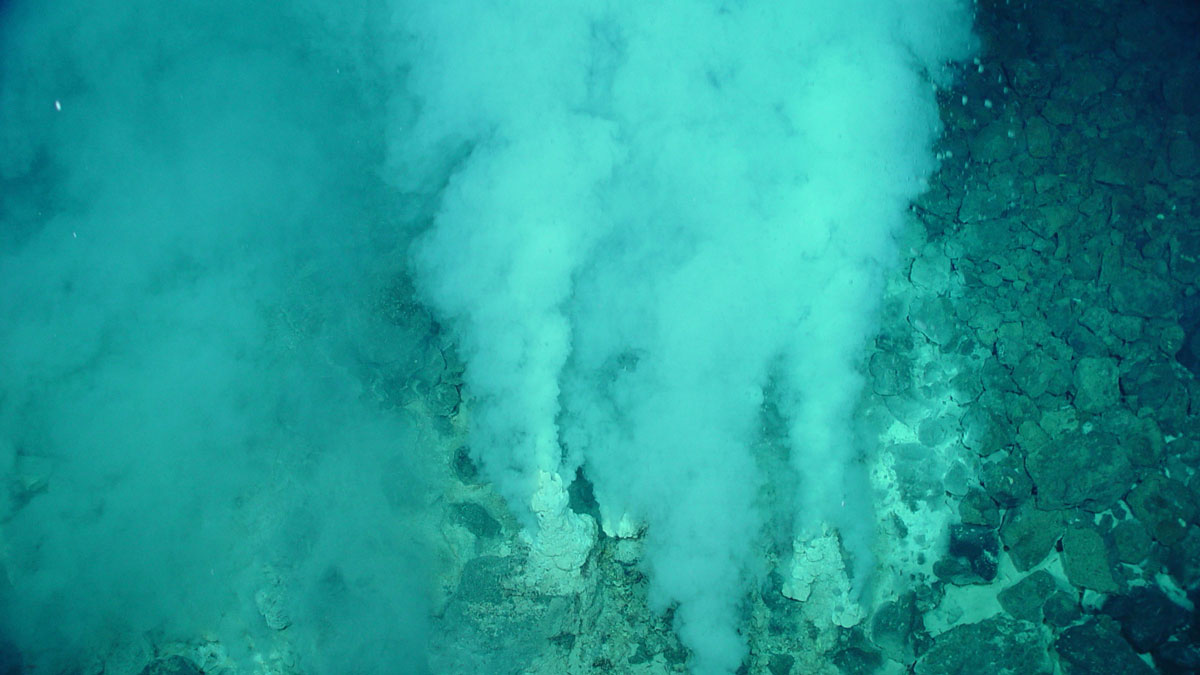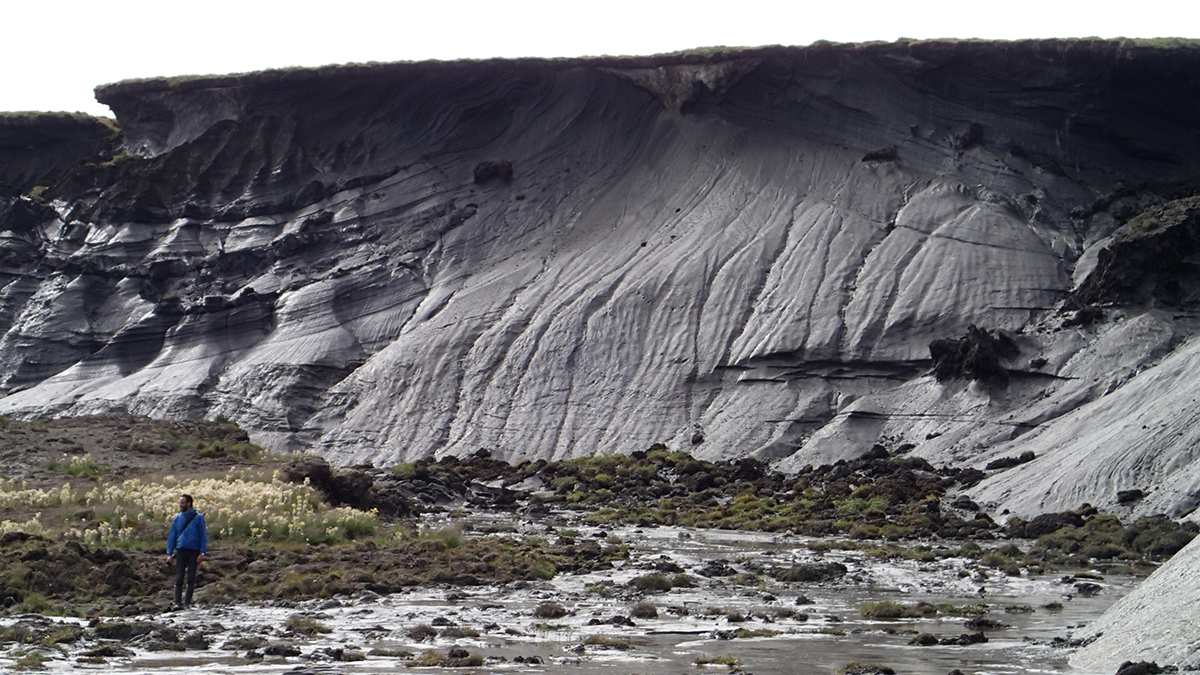A new method could improve understanding of communication disruptions.
Saima May Sidik
La falta de datos sobre la calidad del agua es una forma de injusticia ambiental
Hay escasez de información sobre la salud de los lagos en las comunidades marginadas.
Seemingly Simple Climate Adaptation Strategy Could Backfire
Reflecting sunlight can protect a neighborhood from scorching temperatures, but surrounding neighborhoods could suffer as a result.
A New View of Deep Earth’s Carbon Emissions
Advances in plate tectonics research allow a deeper understanding of how greenhouse gases escape from within the planet.
How an Ocean-Sized Lake May Have Formed on Ancient Mars
The catastrophic collapse of Mars’s atmosphere may have melted its polar ice cap, creating an ice-covered southern sea.
Next NASA Field Campaign Could Fund Projects in Drylands or Tropics
Scientific feedback can improve proposals and signal support for large-scale, intensive climate research.
Thawing Permafrost Is Affecting Climate, but It’s Unclear by How Much
Models produce widely varying estimates of how ecosystems in the northern permafrost region are currently affecting the global greenhouse gas budget.
Lack of Water Quality Data Is a Form of Environmental Injustice
There’s a dearth of information on the health of lakes in marginalized communities.
Each Glacier Has a Unique Organic Matter Composition
Like snowflakes, no two glaciers are alike: Carbon-containing compounds released from glaciers vary from place to place, meaning climate and ecosystem effects of melting could vary as well.










